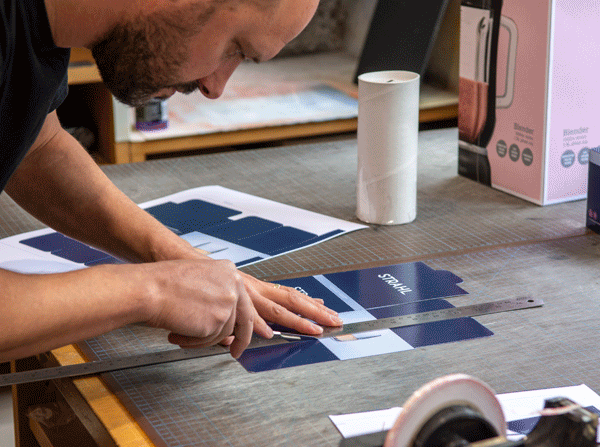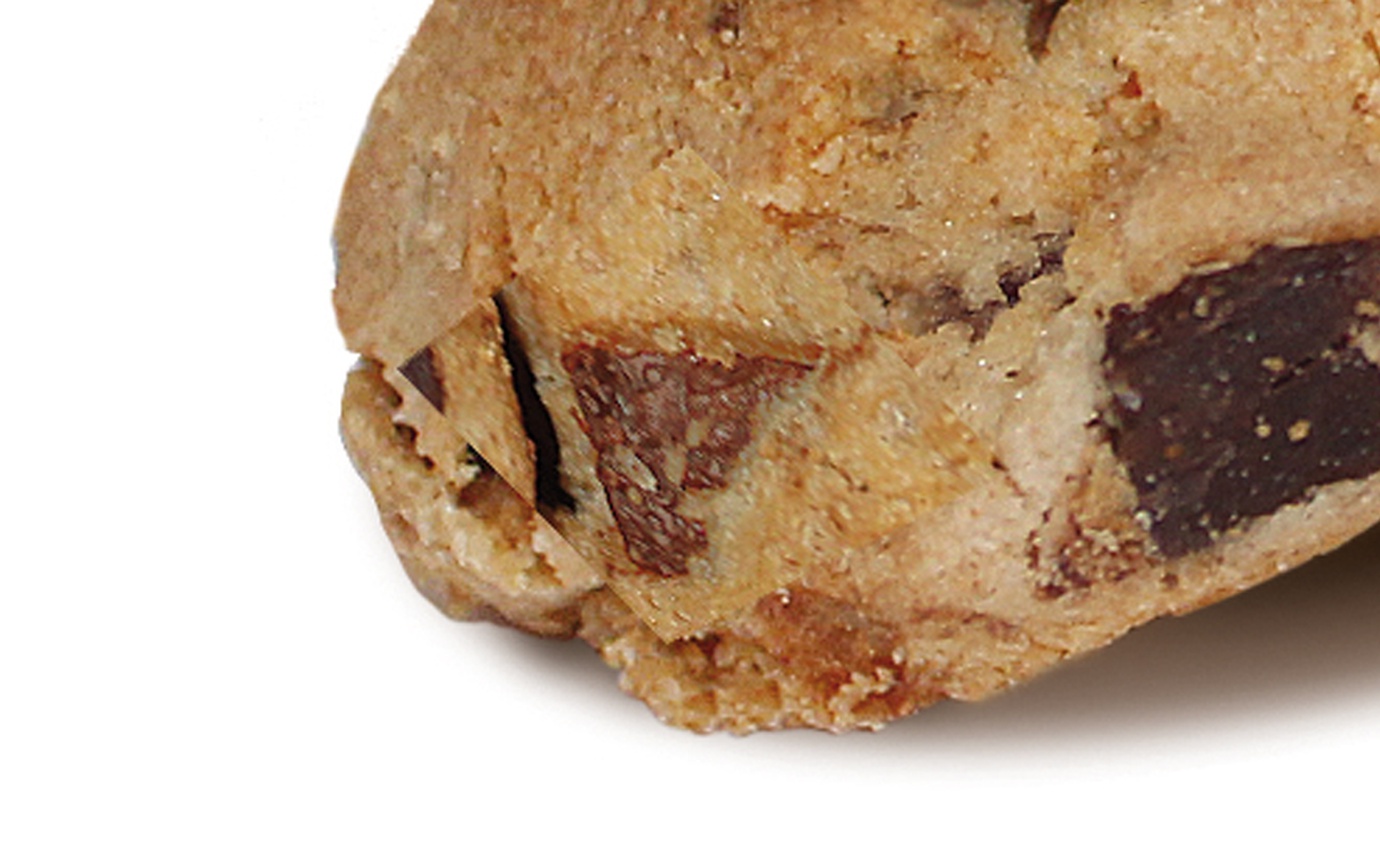But it’s always worked out ok for me. So why would I change? To be honest, I could never see any reason to. Until now. In my pre-Covid self, I could always reason it in my favour; I work to live, I like being social, I work hard so once I’ve paid my mortgage I can afford to buy something new, or go on holiday. That’s it. I’ve justified it!
Now as I sit here having emerged from lockdown, coffee in hand at my go-to-café, with a much healthier bank balance than pre-lockdown but still deeply worried about NZ’s more immediate economic future, I am contemplating that this is the moment to think differently. To make a choice. Between reverting back to type, or making a real change. A change in me, for me. To deliver better outcomes for me!
I now view my mother’s advice, a by-product of her spending the first five years of her life in the air raid shelters of WW2 London, rather differently. In my post lockdown state, I now see it as an investment, a down payment on a better way of life. On a more authentic purpose, an attainment of a better equilibrium for myself and my family. Oh, and that better bank balance. A better outcome all-round right?
Of course we now live in a world of dollars and cents, but they are no less valuable. In our world today, whether it be in our personal lives or our workplaces, our constant focus is on stretching those ever-tightening budgets even further. And boy are they going to get tighter!
All of a sudden I think back to my mother’s go-to war cry for getting ahead. I never felt I could compromise. I didn’t want to go without, and I certainly didn’t want to be told what to do and how to operate. How wrong I was. I was complacent, and I was already compromising! I was living for the moment rather than planning for the future.
“The ugly truth of it was that I had it all back to front!”
Now I view my mother’s message as one about spending wisely, and about laying better foundations in my life – in other words really getting ahead. Yes, I’m still going to spend, I’m just going to change the ‘how I do it’ bit. My first investment will be in me, my brand if you like. As a person, a husband, a father and a son, as a friend and as a productive worker. In taking the time to find my me. This is not a story about spending less, it’s about spending better. My brand is unique to me and no one else, so if I lay a stronger set of foundations, every aspect of my world will benefit.
Much like the decision a business makes when deciding when and how to invest in its brand. “So what’s your down-payment?”, as my mother would say. Have you stopped to consider if you have it all back-to-front? And is that stopping you really getting ahead? Is that investment in your new factory, an extra sales person, a new variant or flavour, or a fab new social or digital campaign the best use of your hard earned profits? Or should you first consider the benefit of finding your authentic truth? Your Brand Why? as I like to call it.
So what’s involved? In finding what is distinctive about you? What your audience really care about, and what else you are really up against? (your competition?).
And this is where the rubber meets the road. Do you believe your view is enough? Or could an outside-view-in better help you find your Brand Why?
Which is often where the conversation stops. I know my business. I understand my brand better than anyone else. No one knows my competitors better than me. Why would I spend my money on this stuff, let’s just execute. Just like I thought I knew better than my mother!
What I’m suggesting is that this dialogue is not about whether you can do it well and be successful. Of course you can! It’s about whether you can do it better, with outside help. The opportunity cost if you like, of only relying on your view, could be dollars left on the table.
The question I would ask is “Can your future success be greater? And can you spend differently to really get ahead?”
It’s a decision to be made around whether you can better optimise your effort. Rather than future-proofing your business, why not future-seek a better multiplier. In my view, a better formed brand adds extra layers of value that help amplify the growth off future investment.
Because in five years instead of being an $X sized brand (you insert the value here that’s relevant to your business), how much bigger could your business be if you make the decision to engage outside help to develop a more distinctive vision for your ‘you’.
Because when all is said and done, by investing properly in your brand upfront, you’re telegraphing your intention. And that sets you up for really getting ahead. Because you know where you’re heading. And all the hard earned profits you then spend after that go to a more targeted
purpose. That’s front-to-back, not back-to-front!
And that’s when I think about my mother’s advice. Yes it’s a story about spending wisely! But really, it’s a story about not being all back to front!
Thanks Mum x
Written by David Savidan


